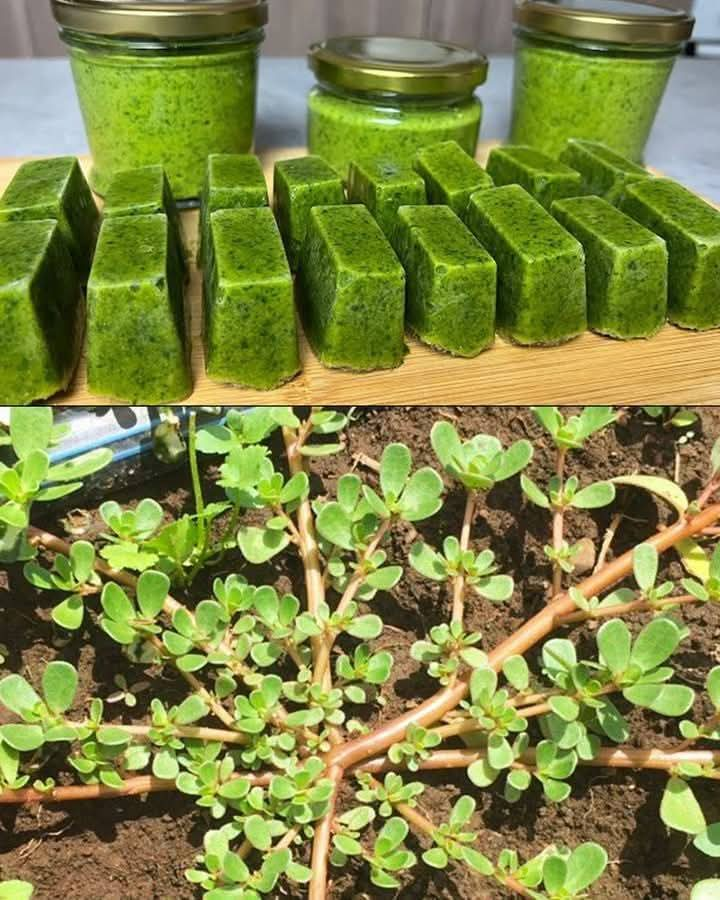Have you ever stepped over a patch of green, fleshy leaves sprouting from a sidewalk crack or thriving in your backyard, completely unaware that you’re passing by one of nature’s most powerful superfoods? It’s not kale. It’s not spinach. It’s purslane — a humble weed with a secret health punch.
Despite its status as a common garden nuisance, purslane (Portulaca oleracea) is anything but ordinary. Packed with omega-3 fatty acids, antioxidants, vitamins, and minerals, this underappreciated plant has been used for centuries in traditional medicine and cuisine across the globe.
Let’s explore why this “weed” deserves a place on your plate.
What Is Purslane?
Purslane is a succulent, low-growing plant with reddish stems and small, green, spoon-shaped leaves. It thrives in poor soil, which is why you might find it in sidewalk cracks, garden beds, or roadsides.
What makes it special? It’s incredibly nutrient-dense — richer in certain nutrients than many cultivated vegetables.
Nutritional Highlights
Omega-3 Fatty Acids: One of the few plant sources of alpha-linolenic acid (ALA), a heart-healthy fat usually found in fish.
Antioxidants: Loaded with vitamins A, C, and E — plus glutathione and betalain pigments that combat inflammation and aging.
Minerals: A great source of magnesium, calcium, potassium, and iron.
Low in Calories: Ideal for weight-conscious eaters or those following anti-inflammatory diets.
Health Benefits of Purslane
Supports Heart Health
The omega-3s in purslane help reduce bad cholesterol levels and lower the risk of cardiovascular disease.
Reduces Inflammation
Its antioxidant-rich profile helps fight oxidative stress, which is linked to conditions like arthritis, diabetes, and cancer.
Improves Skin and Eye Health
Thanks to vitamin A and beta-carotene, purslane promotes healthy skin and sharp vision.
Aids in Digestion
Its mucilaginous texture soothes the digestive tract and can support gut health.
May Help in Diabetes Management
Some studies suggest that purslane can help regulate blood sugar and improve insulin sensitivity.
How to Use Purslane
Raw in Salads: Add fresh, washed leaves to green salads for a slightly tangy, lemony crunch.
Sautéed: Cook like spinach with garlic and olive oil.
Soups and Stews: Add during the last minutes of cooking to retain its texture and nutrients.
Smoothies: A handful of raw purslane blends easily into green smoothies.
A Word of Caution
Although purslane is safe for most people, it’s high in oxalates, which can be an issue for those prone to kidney stones. As with any foraged plant, make sure it hasn’t been treated with pesticides and is properly identified before consumption.
Final Thoughts
Purslane might not have the fame of kale or avocado, but it packs a surprising nutritional punch for such a small plant. The next time you spot it growing wild, think twice before pulling it out — you might be looking at your new favorite superfood.
